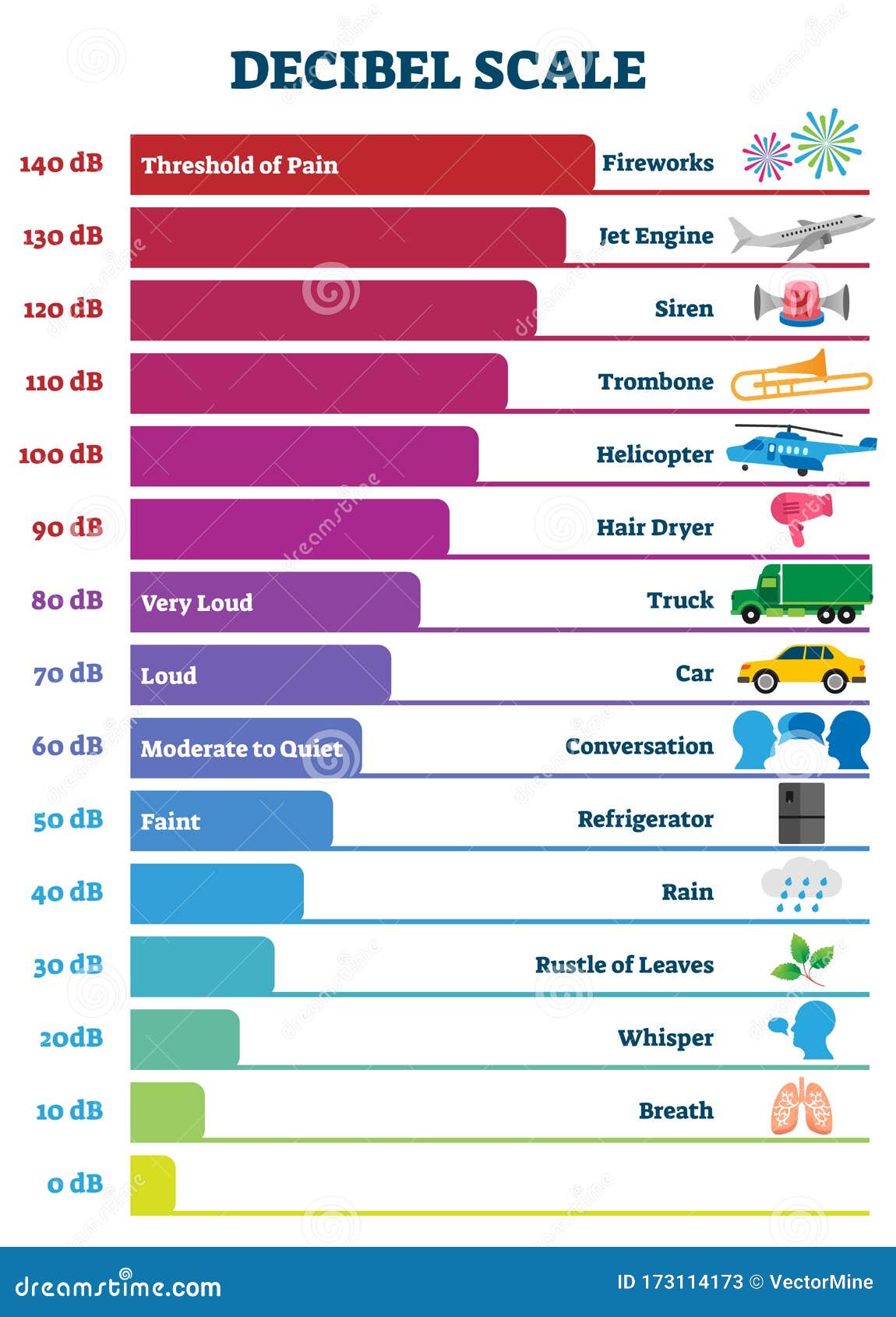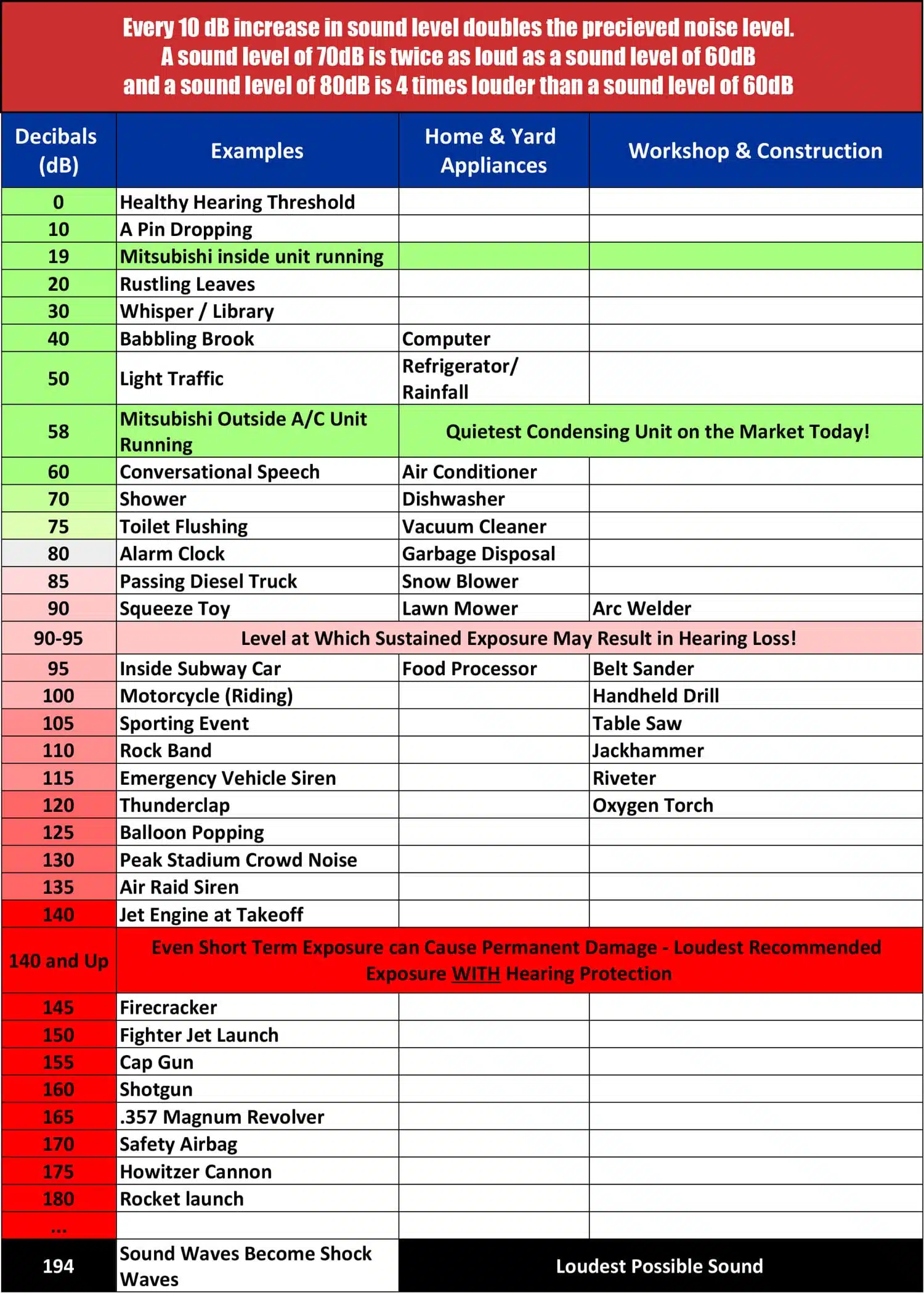

In most cases, the dB levels are adjusted so that they match SIL. All are relative measures, comparing a measurement to a reference level.While all of the rules look different, all decibel levels have a lot in common: Some are based on intensity others are based on pressure, amplifier power, output voltage- you name it. In the science of sound, there are lots of rules of thumb for decibels- too many to cover here. This leads a 1000-fold increase in intensity (10*10*10). Three applications of the rule add 30 dB to the sound level, but multiply the intensity by ten three times in succession. Notice that each application of the rule multipliesthe intensity by ten.


I will call the sound intensity produced by a single 80 dB vacuum cleaner “1 unit” of intensity. List known and unknown quantities (with letter names and units): We’ll also need the second rule of thumb from the chart below to connect sound intensity with sound level: Change in intensity Identify important physics concept :Sound intensities (not sound levels) add. How many 80 dB vacuum cleaners must be operating at once to create a sound level of 110 dB? SOLUTION: (Remember the rules of thumb!) If you look at a decibel chart for common sounds (like the one in the last section), you realize that two 80 dB vacuums could not possibly create a sound level of 160 dB- the combined sound would have an SIL greater than a jet at takeoff (130 dB)! Two 80 dB vacuums create a sound level of just 83 dB! Going from one vacuum to two does double the sound intensity, but doubling the intensity only increases the sound level by 3 dB. However, when sources combine, the sound levels do not add together. For example, if there are two loud vacuum cleaners in a room, and each produces a sound intensity of 100μW/m 2, the total sound intensity in the room is twice that amount, or 200μW/m 2. When you have multiple sources of sound in a room, the intensities add together. Notice that multiplication/division for intensity “turns into” addition/subtraction for SIL (and vice versa). According to the second rule, if the intensity is multiplied by ten, the SIL goes up by 10 dB. These rules allow you to move back and forth between intensity and sound intensity level without a calculator: Change in intensityĪccording to the first rule, if the sound intensity doubles, the SIL goes up by 3 dB. The key is the two simple rules of thumb shown below. Loudness perception 43 Decibels (the math) Avoiding the calculatorĮven though decibels are based on logarithms, you can do many calculations with decibels without a calculator.


 0 kommentar(er)
0 kommentar(er)
